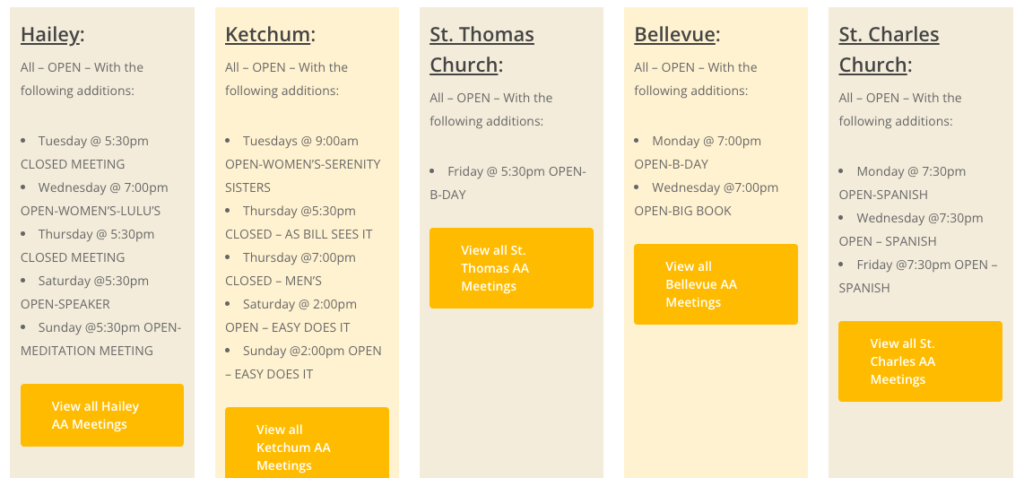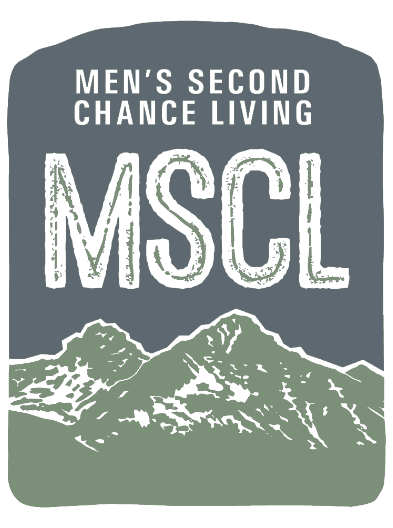
The Role of A.A. in Early Recovery
The Role of A.A. in Early Recovery
As someone in recovery, I can remember my first time venturing into an A.A. meeting. For me, there was a lot of mystery about who they were and how they achieved sobriety. Before entering the “rooms,” I had reviewed a few things online and was highly skeptical about working the steps, getting a sponsor, and this “higher power” they spoke about. Fast forward eight years, and I see the benefits of the program. I’ve been helped through the A.A. steps and have helped others get familiar with the programs and take the first step to go to a meeting. Although A.A. is not the only way, it is a huge support for those who want to shift their substance use patterns. In this article, I’ll go over the basic tenets of A.A. and share the experiences of Men’s Second Chance Living (MSCL House) residents who found solace and sobriety in the “rooms.”
What is A.A.?

A.A. stands for Alcoholics Anonymous. It is a fellowship of people who come together to solve their drinking problem. It doesn’t cost anything to attend A.A. meetings. There are no age or education requirements to participate. Membership is open to anyone who wants to do something about their drinking problem. A.A.’s primary purpose is to help alcoholics achieve sobriety (A.A., 2022).
If you’re thinking, “alcohol is not my issue,” there are other 12-step programs based on the A.A. principles meant to help those struggling with narcotics, crystal meth, codependency, overeating, and shopping, as well as support groups for families of those struggling with substance use. Although there are many different types of meetings, finding your place in a group is the most important. Many alcohol users find Narcotics Anonymous meetings useful, and people in recovery from crystal meth attend A.A. Everyone has a place. Be sure to try a few different meetings before making a decision.
What MSCL House Residents are Saying about A.A.
Attending A.A. meetings holds me accountable, especially when I was early in my recovery. I wouldn’t want to relapse because I knew I would see everyone at the meeting and that they would know. I didn’t want to feel guilty, so I didn’t use. 
Doing 90 meetings in 90 days is important at the beginning. It gets you in the habit of doing something every day that is recovery-oriented. For the first six months, I went daily. After that, I knew I was okay mentally and could focus on other things like work, socializing, going to dinner, recreating, etc. Now I go three or four times a week and keep in touch with my homegroup on my days off. I needed A.A. meetings every day to get past that “on the fence” feeling of wanting to use. I feel happy. I go to work. I love what I do. I look forward to waking up in the morning.
It’s been good to have a sponsor, someone I can call or text with every day. My sponsor is there for me anytime. They talk with me when I’m making decisions or having a bad day.
The biggest part of A.A. for me is the service work. I get a sense of self-worth: Helping the group or someone else. You start to see you are of value. It also keeps me busy. When I have idol time, I’m more likely to relapse. That’s where service work comes in.
It helps to hear other stories, so you know that you are not alone. In the past, I’ve thought, ‘no one understands or has done what I have done.’ That’s not true. In the meeting rooms of A.A., I have learned that I am human. This is what humans sometimes do. No one is perfect, and that’s okay. I don’t have to hold onto the past. I only have to go forward.
Going to A.A. has helped me make new connections and friendships in recovery. We go skiing, have barbeques, mountain bike, camp. If I continued to be around my old friends, I would be tempted to use. Now I am around sober people and doing cool stuff in the world.
In conclusion
Alcoholics Anonymous, and other 12-step recovery-oriented groups, have a huge impact on those seeking sobriety, supporting them in making major life changes. In my own life and the lives of the men residing at MCSL House*, recovery-oriented activities, social support, peer support, and service work help us rediscover our full potential. SAMHSA (2014, p. 1) describes recovery as “A process of change through which individuals improve their health and wellness, live a self-directed life, and strive to reach their full potential.” We see A.A. helping people do just that.

by Caitlin Hegwood, MS
*Attendance to 12-step meetings, such as A.A., is not mandatory for MSCL House residents. MSCL House adheres to Recovery-Oriented Systems of Care principles stating that there are multiple pathways to recovery (SAMHSA, 2010). Although not mandatory, 60-80% of residents participate in 12-step meetings.
Find a Meeting
Find a meeting: https://aa-intergroup.org/meetings
Information on Alcoholics Anonymous: https://www.aa.org/what-is-aa
Information on Narcotics Anonymous: https://www.na.org/?ID=PR-index
Information on Cocaine Anonymous: https://ca.org/literature/what-is-ca/
Information on Alanon: https://al-anon.org/
Local A.A. Meeting Calendar
Wood River Valley, Idaho

References
A.A. (2022). Alcoholics Anonymous World Services, Inc. What is A.A.? https://www.aa.org/what-is-aa
SAMHSA. (2010). Recovery-Oriented Systems of Care Resource Guide. https://www.samhsa.gov/sites/default/files/rosc_resource_guide_book.pdf
SAMHSA. (2014) Recovery. National and Regional Resources. https://www.samhsa.gov/sites/default/files/samhsa-recovery-5-6-14.pdf
